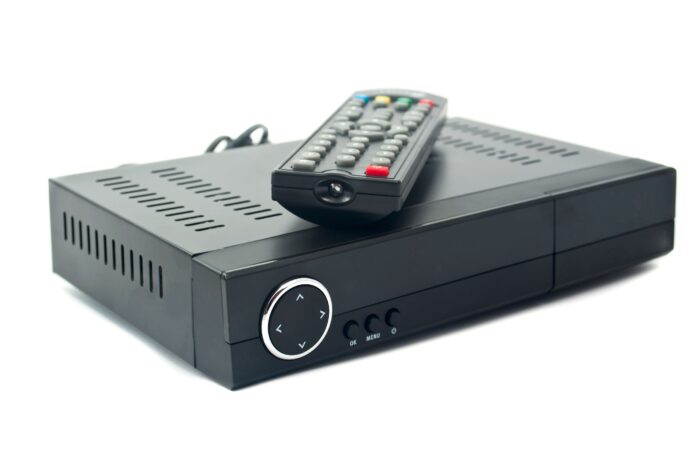Set-top box leasing costs U.S. consumer $20 billion annually
With an eye on driving competition in cable TV, Federal Communications Commission Chairman Tom Wheeler on laid out a proposal to open the set-top box market to end costly leasing agreements and open the largely closed space to innovation.
Wheeler laid out his proposal in an opinion piece published by Re/Code.
To set the stage, the FCC shared some statistics: 99% of pay-TV subscribers pay an average of $231 in annual set-top box rental fees, equating to $20 billion per year; since 1994, the set-top box costs have increased by 185% while the cost of computers, TVs and mobile phones have decreased by 90%.
“It doesn’t have to be this way,” Wheeler wrote. “Thanks to advances in technology, American consumers enjoy unprecedented choice in how they view entertainment, news and sports programming. You can pretty much watch what you want, where you want, when you want. But there’s one glaring exception in the competitive video marketplace: The set-top box. … If you’ve ever signed up for a $99-a-month bundle for cable, phone and Internet and then wondered why your bill is significantly higher, this is a big reason. Even when the company has recovered the cost of the box, you must continue to pay for it.”
Wheeler’s proposal suggests that multichannel video programming distributors like Comcast or Time Warner Cable should share information with competing device and application makers. Specifically, the MVPDs should make available:
- Service discovery:information about what programming is available to the consumer, such as the channel listing and video-on-demand lineup, and what is on those channels.
- Entitlements:information about what a device is allowed to do with content, such as recording.
- Content delivery:the video programming itself.
Further, Wheeler’s proposal emphasizes standards that promote interoperability and remove barriers to innovation; security measures designed to prevent theft and misuse; programming that bolsters independent and minority content; safeguards to ensure copyright protection and distribution contracts are honored; and consumer protection via emergency alerts, privacy and advertising.
“My proposal will pave the way for a competitive marketplace for alternate navigation devices, and could even end the need for multiple remote controls, allowing you to use one for all of the video sources you use,” Wheeler wrote. “Innovation will drive more options for user-friendly menus and search functions as well as expand access to programming created by independent and diverse voices. Just as online searches today lead consumers to a breadth of information, so, too, can improved search functions lead consumers to a variety of video content that is buried behind guides or available on video services you can’t access with your set-top box today.
“The proposal is about one thing: Consumer choice. You should have options that competition provides. It’s time to unlock the set-top box market — let’s let innovators create, and then let consumers choose.”

